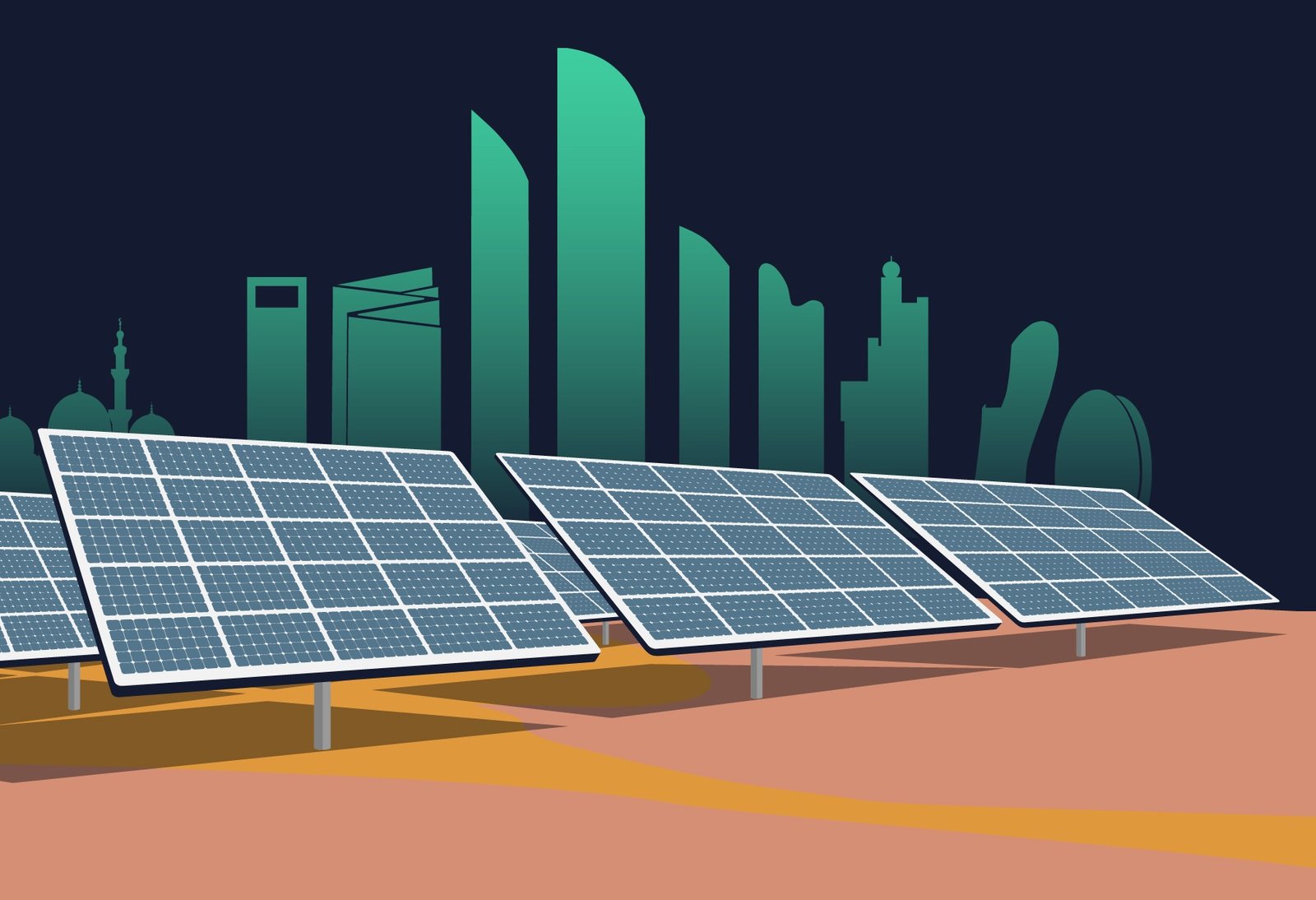Every October 8, scientists and engineers around the world celebrate World Hydrogen and Fuel Cell Day, an opportunity to highlight the importance of this chemical element and its role in the transition to a cleaner and more equitable energy future. Fully aligned with this objective, at Iberdrola we are working to accelerate the clean production of green hydrogen and to find ways of safe and sustainable storage.
World Hydrogen Day is an annual opportunity to recognise the role of hydrogen in the transition to a cleaner, more sustainable energy future.
The date of World Hydrogen Day was chosen for a reason that is both numerical and curious: the atomic weight of this chemical element is 1.008, which in turn can be represented as 10/08 on the calendar. The US Fuel Cell and Hydrogen Energy Association (FCHEA) created this event in 2015 to recognise the relevance of clean hydrogen, which is produced with zero or near-zero emissions, and this its tenth celebration plans to feature a variety of activities and events.
The potential of hydrogen is enormous, firstly because it is the most abundant chemical element in the universe. It is the main component of stars and gaseous planets, but it is rarely found in its pure state on Earth. It is often combined with other elements such as oxygen in water (H2O) or carbon in hydrocarbons (CH4, C2H6, etc.). To obtain renewable hydrogen, it is necessary to extract it from the water molecule (H2O) through the process of electrolysis.
Renewable hydrogen is emerging as a key energy vector for the energy transition with a wide range of potential applications. It is the solution to decarbonise so-called “hard to abate” sectors. For technological reasons, it is difficult to electrify the consumption of industrial sectors such as ammonia or fertilisers, refining or the heavy mobility sector, where green hydrogen will be key to achieving decarbonisation, starting to replace those that already use grey hydrogen, and over time new uses will be introduced, either for hydrogen or for its derivatives: ammonia or green methanol.
Green hydrogen will drive the growth of renewable energy, as its production requires electricity from renewable energy sources, making it a further driver in the energy transition to a more decarbonised economy independent of imported fossil fuels.
Types of hydrogen and the advantages of each of them
Hydrogen can be classified into several types based on the feedstock required to produce it and the CO2 emissions it can generate. In addition, each category of hydrogen has a number of advantages and disadvantages compared to the others:
Green hydrogen
Green hydrogen is produced by electrolysis of water using electricity generated from renewable energy. The result is used to replace grey hydrogen in industrial processes or to decarbonise heavy mobility. It is, therefore, a process free of pollutant emissions throughout its value chain.
Blue hydrogen
The process of obtaining blue hydrogen involves the use of hydrocarbons. From compounds such as methane, for example, a chemical process called “reforming” is carried out to obtain hydrogen on the one hand, and carbon dioxide on the other. Carbon capture and storage techniques are then applied to reduce the emissions released into the atmosphere. The result is hydrogen which, although not produced directly from renewable energy sources, is considered cleaner than grey hydrogen.
This process can be produced using infrastructures as widespread as those for natural gas. However, it does not fully reduce greenhouse gas emissions, still relies on natural gas as a feedstock and requires CO2 capture infrastructure.
Grey hydrogen
Grey hydrogen comes from fossil fuels: it is produced from natural gas or other light hydrocarbons such as methane or liquefied petroleum gases by reforming processes. It is used in the refining and fertiliser industries. Although it is obtained in a similar way to blue hydrogen, carbon dioxide emissions are not controlled so pollution is higher.
Other types of hydrogen
In addition to these types, there are additional colours for classifying hydrogen.
Brown or black hydrogen: produced through the gasification of coal.
Turquoise hydrogen: obtained by gasification of hydrocarbons through a pyrolysis reaction, a thermal degradation at very high temperatures in the absence of oxygen.
Pink hydrogen: uses electricity generated in a nuclear power plant for electrolysis.
Violet hydrogen: follows the same process combined with heat and thermochemical reactions.
Yellow hydrogen: the electricity used for electrolysis comes from mixed sources (from renewable energies to fossil fuels).
To read more, go to the original article here: https://www.iberdrola.com/sustainability/hydrogen-day





